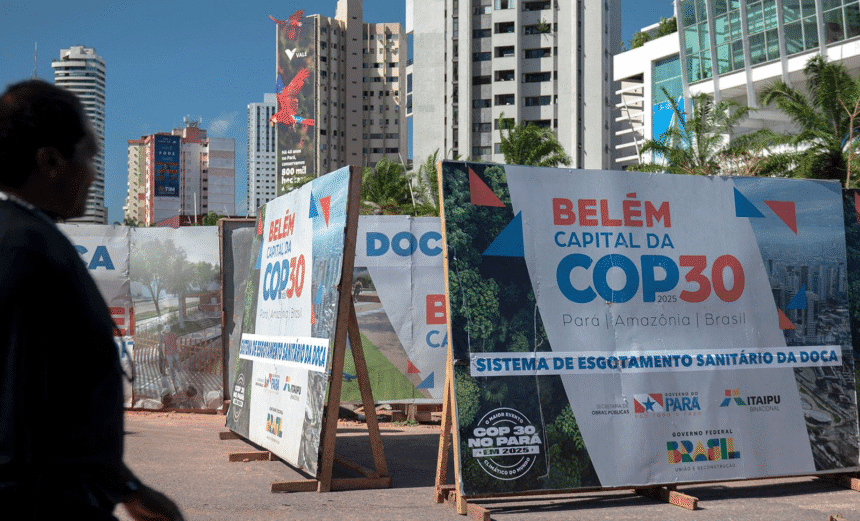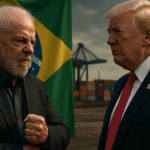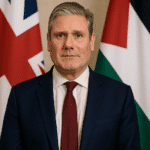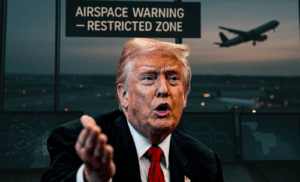The UN climate bureau convened an emergency meeting to address spiraling accommodation costs for the upcoming COP30 summit in Belém, Brazil . With only 18,000 hotel beds in a city anticipating 45,000 attendees, prices surged, some quotes reached as high as $700 per night, causing alarm that many developing country delegations may be unable to attend. Although Brazil responded by chartering cruise ships and offering capped-rate rooms up to $220, these still exceed the UN’s subsistence allowance of $149, highlighting a dangerous gulf between aspiration and accessibility.
Equity and Participation: Who Gets a Seat at the Table?
Delegates from the African Group, led by Richard Muyungi, firmly rejected calls to scale down their delegations, insisting that logistical failures shouldn’t determine representation, according to Reuters. Even wealthy nations, such as the Netherlands and Poland, are reportedly considering halving or severely reducing participation due to cost constraints. Civil society groups, island states, media, and Indigenous delegations have echoed alarm, warning COP30 risks becoming “the most inaccessible COP in recent memory”. The stakes are high: if vulnerable voices are priced out, the legitimacy of the summit’s outcomes could be undermined.
Choosing Belém: Symbolism Meets Logistics
Brazil selected Belém, a city on the edge of the Amazon and one of the nation’s poorest regions, as host to draw attention to climate inequity and ecological fragility. While the choice carries symbolic weight, practically, the city lacks the infrastructure to conveniently host tens of thousands. Despite ambitious pledges, such as 30,000+ rooms secured and use of cruise ships and military or school dorms, the execution remains behind schedule and inadequate. The disconnect between climate messaging and event delivery reveals a tension between political optics and operational readiness.
U.S. Policy Vacuum and Its Ripple Effects
The U.S. climate leadership gap is especially consequential. Under President Trump, the U.S. formally withdrew from the Paris Agreement and shuttered its climate diplomacy office, leaving “no official presence” at COP30. Although subnational actors, states, cities, and businesses continue to drive clean-energy investment, the absence of federal leadership creates diplomatic hairline fractures with global finance partners. At a moment when COP30 is intended to define a “roadmap to $1.3 trillion per year” in climate finance through 2035, the U.S. absence leaves a critical gap in orchestrating developed‑nation commitments, according to The Guardian.
Broader Implications: Costs, Credibility, and Climate Finance
Logistical crises matter. If COP devolves into a summit hampered by access and affordability challenges, it undercuts the institutional credibility of the UN climate process. This could intensify global skepticism about the feasibility of ambitious financing pledges or forest‑protection initiatives, such as Brazil’s proposed $125 billion Tropical Forest Forever Facility.
Moreover, exclusionary dynamics risk skewing outcomes: when richer nations or corporate delegations dominate, the policy outlook and financial pathways crafted may not reflect the priorities of those most exposed to climate risks. That disconnect complicates the larger task COP30 faces: to reconcile NDC gaps, operationalize “summit of solutions” ambitions, and raise expectations around equitable climate finance.
Regional and Long-Term Stakes for U.S. Engagement
For U.S. foreign policy, COP30 offers more than optics: it’s a pivot point in global climate finance architecture. U.S. re-engagement, or continued absence, will shape negotiations over who funds loss and damage, adaptation, or rainforest preservation. With the U.S. effectively absent at federal level, state and private investment may deliver headlines domestically, but won’t substitute for diplomatic coordination, financing pledges, or share‑ledger accountability in global forums.
If the U.S. stays on the sidelines, it risks ceding influence to China or the EU in shaping the architecture of long‑term climate funding. That shift could recalibrate global leverage over green investments, carbon markets, and transnational climate partnerships.
A Final Note: Opportunity or Misstep?
The UN’s emergency talks over COP30’s accommodation costs highlight more than logistical strain, they reflect the broader tensions in global climate diplomacy. As participation becomes financially prohibitive for many delegations, particularly from the Global South, questions of equity and legitimacy move to the forefront. With COP30 set to shape long-term climate finance frameworks and forest protection initiatives, the presence, or absence, of key actors matters.
The United States, currently without an official federal presence at COP30, remains influential through subnational and private sector engagement. However, its limited diplomatic role reinforces the need for more distributed and inclusive climate leadership. In this evolving landscape, ensuring access and representation for all countries will be critical to achieving durable and just outcomes.














